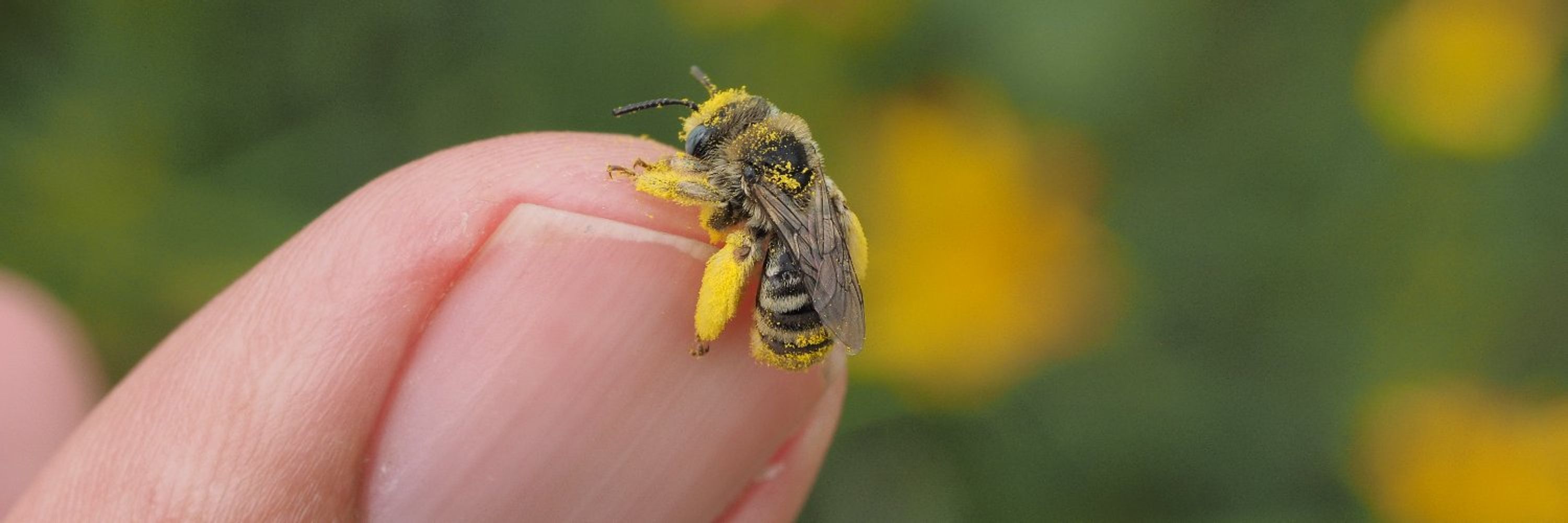Hella Bee Nerd
@sfbaybees.bsky.social
94 followers
41 following
150 posts
Learning about native bees.
Posts
Media
Videos
Starter Packs

































